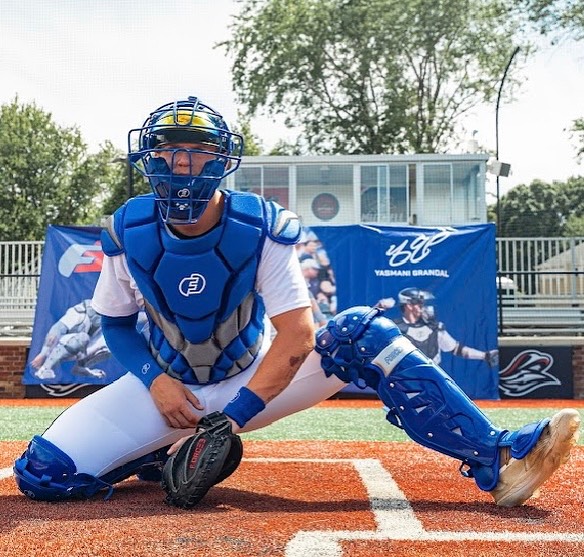Baseball is a beloved pastime that teaches kids valuable skills like teamwork, coordination, and sportsmanship. It’s essential to equip them with the right gear to make the most of their baseball journey. This guide will walk you through the essential baseball equipment young players need to stay safe, comfortable, and ready to hit the field.
1. The Bat: Swinging for Success
- Material: Youth bats are typically made of aluminum or composite materials. Aluminum bats are more affordable and durable, while composite bats offer a more prominent sweet spot and better performance as players advance.
- Length and Weight: Proper bat sizing is crucial for safety and performance. Too heavy bats can hinder a child’s swing and lead to injuries. Most leagues have bat length and weight regulations, so check the rules before purchasing.
- Drop: The drop of a bat is the difference between the length (in inches) and the weight (in ounces). A -10 drop, for example, means a 30-inch bat weighs 20 ounces. Younger players often start with a larger drop for easier swinging.
2. The Glove: A Reliable Partner on Defense
- Position-Specific Gloves: Different positions have specific glove needs.
- Catchers need heavily padded mitts with a deep pocket.
- First basemen use larger mitts for scooping throws.
- Infielders prefer smaller gloves for quick transfers.
- Outfielders use longer gloves for catching fly balls.
- Material and Fit: Leather gloves offer the best performance and durability but are more expensive. Synthetic gloves are a budget-friendly option for beginners. Ensure the glove fits comfortably and securely on your child’s hand.
3. Protective Gear: Safety First
- Batting Helmet: A well-fitting batting helmet is non-negotiable. It should protect the head and ears, with a faceguard that doesn’t obstruct vision.
- Catcher’s Gear: Catchers require specialized protective gear, including a helmet with a facemask, chest protector, leg guards, and a protective cup.
- Athletic Supporter: All male players should wear an athletic supporter with a cup to protect against impact injuries.
4. Cleats: Gripping the Field
- Are they molded or Metal? Younger players typically start with moulded cleats with rubber studs for traction. Metal cleats, which offer a better grip on harder fields, are allowed in some older age divisions.
- Comfort is Key: Make sure the cleats fit well and are comfortable. Blisters and discomfort can affect your child’s performance and enjoyment of the game.
5. Baseball Pants and Belt: The Finishing Touches
- Baseball Pants: Traditional baseball pants are loose-fitting and made of durable materials like polyester. Some younger players prefer elastic waistband pants for comfort.
- Belt: A sturdy baseball belt helps keep the pants in place and adds a classic touch to the uniform.
6. Additional Gear to Consider
- Batting Gloves: These improve grip and reduce sting when touching the ball.
- Sliding Shorts: These padded shorts offer extra protection for base runners.
- Batting Tee: A great tool for practicing hitting at home or during warm-ups.
7. Tips for Gear Maintenance
- Clean and Condition Gloves: Wipe down leather gloves after each use and apply leather conditioner to keep them supple.
- Air Out Gear: After games and practices, allow gear to air out to prevent mould and bacteria growth.
- Check for Wear and Tear: Inspect all gear regularly for signs of damage and replace any worn-out items.
8. League Regulations:
Always check your league’s specific equipment rules. Some leagues might restrict certain types of bats or other gear.
The Importance of Proper Gear
Investing in quality baseball gear is an investment in your child’s safety, enjoyment, and success in the sport. With the right equipment, they’ll be ready to step onto the field and make lasting memories confidently. Remember, baseball is a game of skill, teamwork, and fun – the gear is just there to help them play their best!
Source: https://www.force3progear.com/baseball/catching-equipment.html





